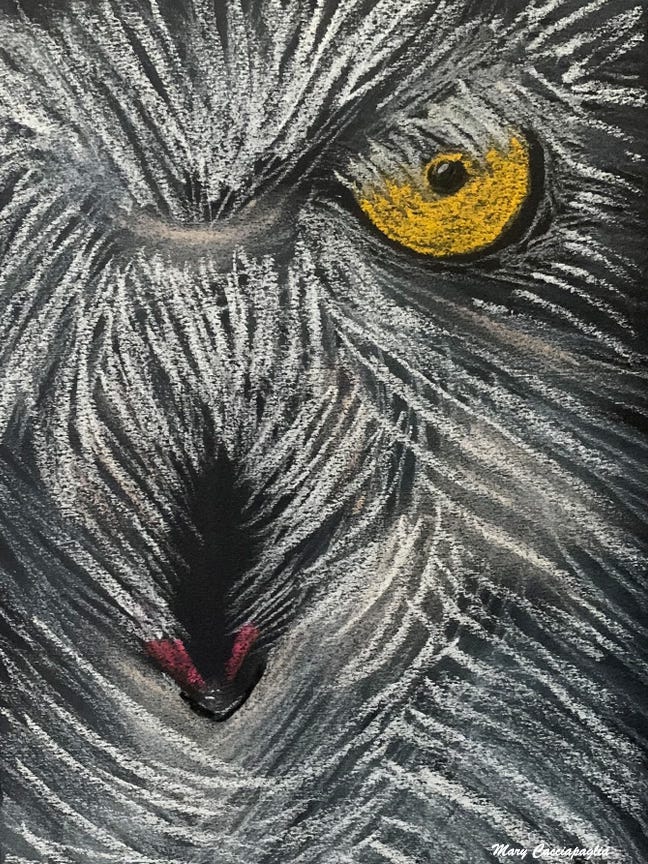Owls have remarkable eyesight that is specially adapted for hunting and nighttime vision. Their exceptional focus, and specialized facial features make owls highly efficient nocturnal hunters, capable of spotting and tracking prey with remarkable accuracy even in low-light conditions. Owls have front-facing eyes that provide binocular vision, allowing them to perceive depth and judge distances accurately. This is crucial for precise targeting of prey. They have large eyes for their body size. The eyes are tubular in shape and cannot move or roll in their sockets like human eyes. Instead, owls rotate their entire head to change viewing direction. Owls can focus their eyes with incredible precision. Their eyes are shaped like tubes, and the elongated eyeball and flattened cornea help them maintain a sharp focus on objects at varying distances. Unlike humans, owls cannot roll or move their eyes within the sockets. Instead, they have a flexible neck that allows them to rotate their head up to 270 degrees in either direction to compensate for their immobile eyes. The concave facial disc of owls, formed by stiff feathers around the eyes, acts as a natural reflector, funneling sound waves towards the ears and enhancing their hearing ability, which complements their sharp eyesight.
This pastel is entitled Focus. You can now understand why.





